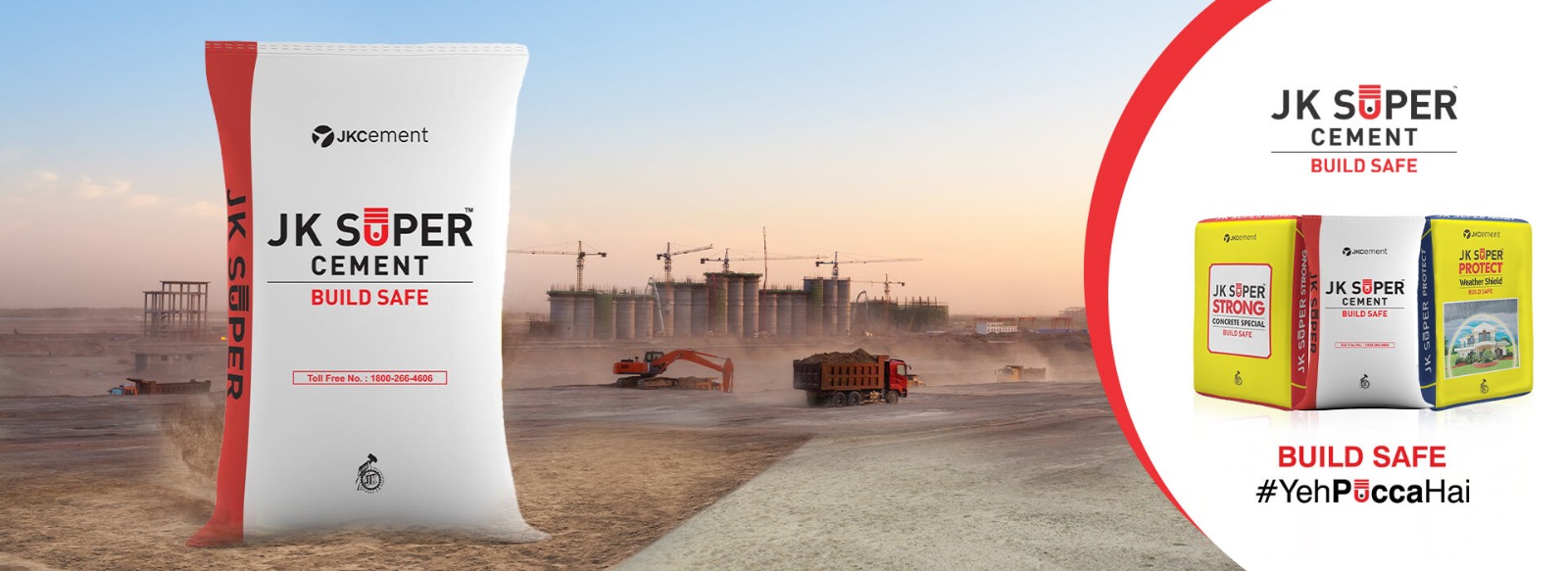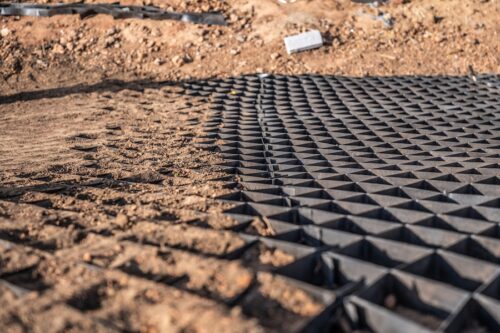SOIL STABILIZATION – METHODS, MATERIALS, PURPOSE & ADVANTAGES
Soil Stabilization – Methods, Materials, Purpose & Advantages
Soil stabilization is a crucial process in civil engineering that aims to enhance the engineering properties of soil to make it suitable for construction purposes. Unstable or weak soil can lead to problems such as poor load-bearing capacity, excessive settlement, and erosion. Through various methods and materials, soil stabilization improves soil strength, durability, and workability. This article delves into the methods, materials, purpose, and advantages of soil stabilization.
Methods of Soil Stabilization
There are several methods employed to stabilize soil, depending on factors like soil type, project requirements, and budget. The key methods include:
1. Mechanical Stabilization
Mechanical methods involve altering the soil’s physical properties through compaction, mixing, and reinforcement. This can be achieved by introducing aggregates, binders, or other materials into the soil and mechanically blending them. Common techniques include compaction, vibrocompaction, and grouting.
2. Chemical Stabilization
Chemical stabilization utilizes additives to alter the soil’s properties. Lime, cement, fly ash, and other chemical agents are mixed with the soil to improve its characteristics. The additives react with the soil particles, leading to increased cohesion and strength. This method is particularly useful for clayey and cohesive soils.
3. Bituminous Stabilization
Bitumen is often used to stabilize soil in road construction. The process involves mixing bitumen with soil to enhance its strength and water resistance. Bituminous stabilization is well-suited for granular soils and offers good results in areas with high traffic loads and moisture fluctuations.
4. Electrochemical Stabilization
This innovative method utilizes electrochemical reactions to improve soil properties. Electrodes are inserted into the soil, and a small electrical current is passed through them. This causes ions in the soil to migrate, leading to improved compaction and stability.
Materials for Soil Stabilization
The choice of stabilization materials depends on factors like soil type, project requirements, and environmental considerations. Common materials include:
1. Lime
Lime is widely used to stabilize clayey soils. It reacts with clay particles, reducing plasticity and increasing cohesion. Lime stabilization enhances the soil’s load-bearing capacity and decreases swelling and shrinkage.
2. Cement
Cement is a popular binder for soil stabilization. It creates a chemical reaction with soil particles, forming cementitious compounds that improve strength and durability. Cement stabilization is effective for a variety of soil types and provides long-term stability.
3. Fly Ash
A byproduct of coal combustion, fly ash is used as an additive for improving soil workability and strength. It reacts with lime and other compounds to create stable materials. Fly ash is environmentally friendly and reduces the need for disposal of this waste product.
4. Bitumen
Bitumen is employed in road construction to enhance soil properties. It coats soil particles, resulting in improved strength and water resistance. Bitumen stabilization is commonly used for granular soils.
Purpose and Advantages of Soil Stabilization
The primary purpose of soil stabilization is to transform weak or unsuitable soils into materials suitable for construction. The advantages of soil stabilization include:
1. Improved Load-Bearing Capacity
Stabilization methods enhance the soil’s ability to bear heavy loads without excessive deformation or settlement. This is crucial for constructing foundations, roads, and other structures.
2. Erosion Control
Stabilized soil is more resistant to erosion caused by wind and water. This is especially important in areas prone to erosion, preventing soil loss and maintaining slope stability.
3. Reduced Construction Time
Stabilization allows for quicker construction as the treated soil achieves required engineering properties faster. This is particularly beneficial for projects with tight schedules.
4. Cost Savings
Using locally available stabilization materials can reduce the need for importing expensive aggregates. Additionally, stabilized soil may eliminate the need for extensive excavation and replacement.
5. Environmental Benefits
Utilizing waste materials like fly ash and reducing the need for new construction materials can lead to environmental benefits by minimizing resource consumption and waste generation.
In conclusion, soil stabilization is a vital technique in civil engineering that transforms problematic soils into usable materials for construction. By employing various methods and materials, it enhances load-bearing capacity, durability, and erosion resistance while offering advantages in terms of cost, time, and environmental impact.


